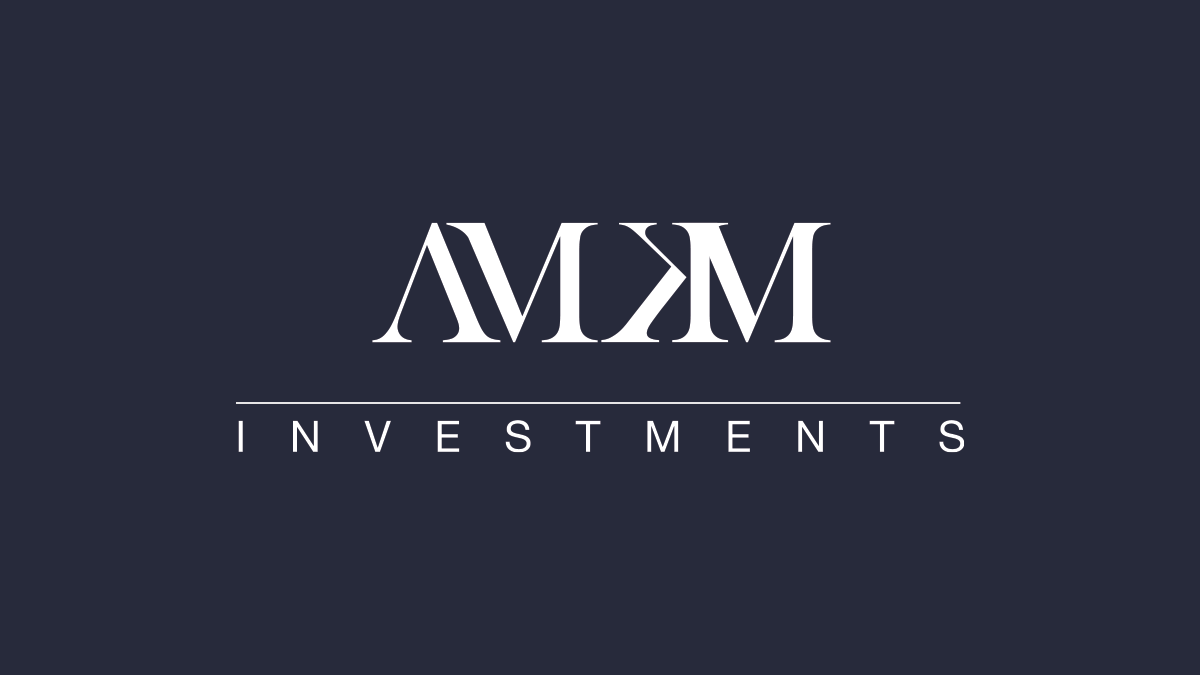How to Choose the Right Software for Smart Fitness Mirrors
Smart fitness mirrors are quickly becoming staples in home gyms and commercial wellness spaces. These devices have evolved far beyond reflective glass — now combining real-time video, motion tracking, AI coaching, and interactive experiences to deliver personal training at scale.
But here’s the reality: hardware alone won’t win the market. The real competitive advantage lies in the software — specifically the motion AI layer, the brain behind pose tracking, form feedback, progress analytics, and real-time personalization.
Whether you’re launching a new product or upgrading an existing platform, choosing the right software stack can be the difference between an outstanding user experience and a frustrating one. Here’s what truly matters.
1. Real-Time Motion Tracking and Form Correction
Your software must deliver highly accurate pose estimation, seamless rep counting, and instant feedback — like “keep your knees aligned” or “slow down your reps.” All this must happen in under 100 milliseconds to feel natural and engaging. Lag, delay, or misreads damage trust and can even cause injuries. This is non-negotiable.
2. Personalization Is Expected
Static workouts are a thing of the past. Today’s users want tailored programs that evolve with their performance. Leading AI motion platforms enable adaptive difficulty, dynamic programming, progressive overload, and form improvement suggestions over time — making the mirror behave more like a human coach than a replay screen.
3. Seamless Integration
Smart mirrors shouldn’t be isolated devices. They must connect with wearables like Apple Watch, Garmin, and Google Fit to track heart rate, recovery status, and training readiness — allowing workouts to auto-adjust for maximum effectiveness. This is how you move from “smart” to truly intelligent fitness.
4. Gamification for Engagement
Adding challenges, milestones, streaks, and multiplayer features creates stickiness. The more interactive and fun the experience, the more users stay engaged — especially in enterprise wellness programs, subscription models, or youth-focused platforms.
5. Privacy-First Architecture
Smart mirrors use cameras, and privacy concerns are very real. The gold standard today is on-device processing. The best platforms — like KinesteX AI — process all motion data locally, so no camera feed ever leaves the device. This is critical for healthcare, corporate, and regulated environments. If your software partner can’t guarantee this, consider it a red flag.
6. Cross-Platform Flexibility
Users don’t just train in front of the mirror anymore. They want mobile apps, web portals, and smart TV options. Choose SDKs that support iOS, Android, web, and embedded environments — allowing users to train anywhere while keeping data and progress seamlessly in sync.
7. Speed to Market
Some SDKs are bulky, slow to integrate, and rigid. Others — like KinesteX AI — are lightweight, embeddable, and developer-friendly. With flexible SDKs, you can go from idea to live prototype in days, not months.
KinesteX is trusted by fitness apps, mirror brands, and health organizations worldwide. Our SDK powers real-time skeletal tracking, rep counting, feedback, analytics, and more — all with edge processing and a privacy-first architecture.
If you’re building a smart mirror, posture tracker, or AI-driven fitness experience, KinesteX gives you the tools to deliver an intelligent, engaging product — fast.
Smart fitness is here to stay. The brands that win will be the ones that combine beautiful hardware with software that’s intelligent, adaptive, secure, and lightning-fast to deploy.
🔥 Ready to launch or upgrade your smart mirror experience? Connect with the KinesteX AI team — and get started in days, not months.
.png?alt=media&token=aa04fcc2-2047-489a-ab15-10cdf09bf9ae)

